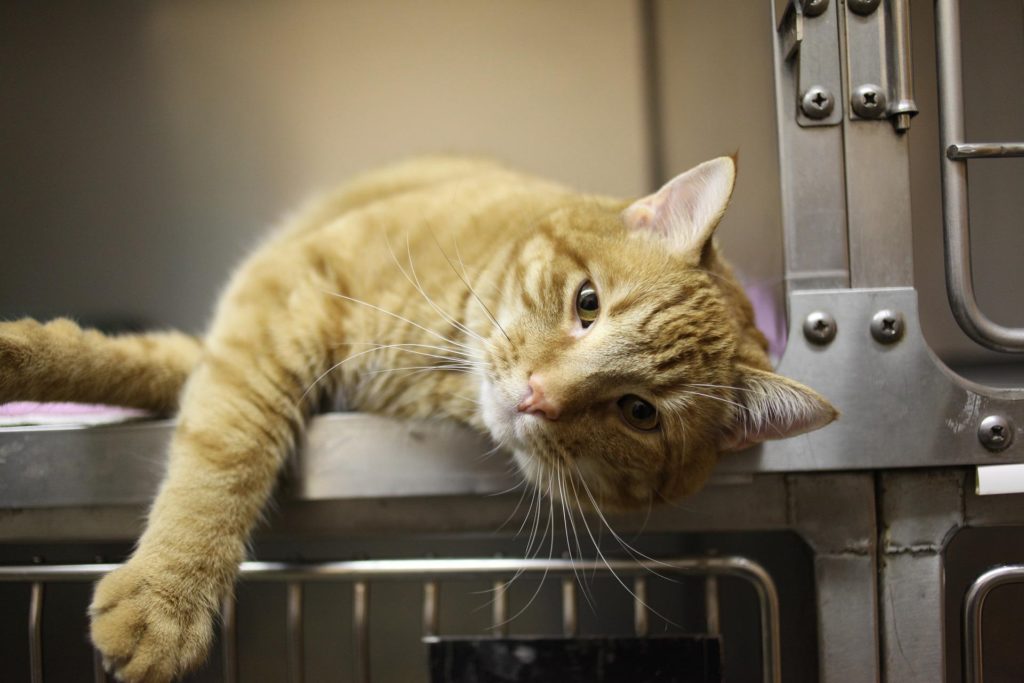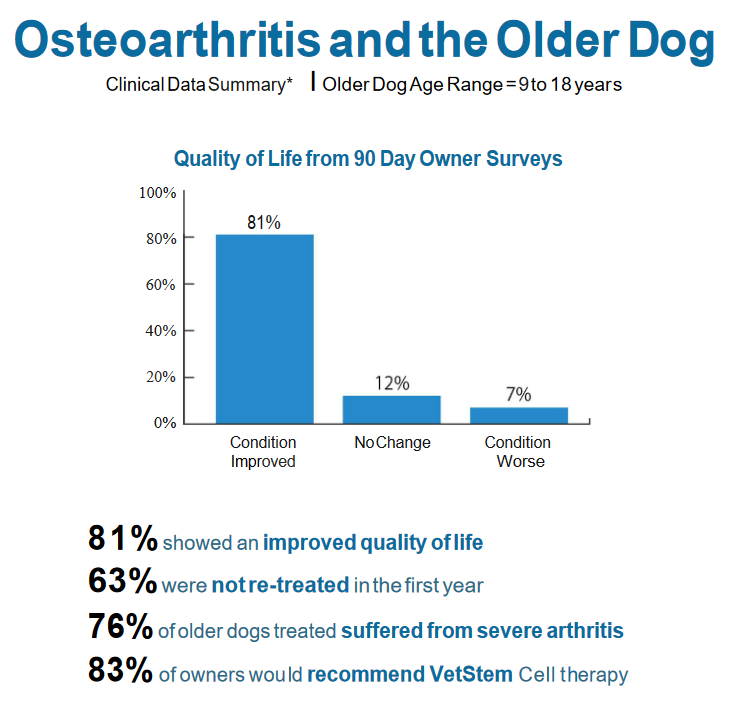Obesity and Osteoarthritis in Pets: A Vicious Cycle
This past Wednesday, October 12th, was National Pet Obesity Awareness Day. Pet obesity is a preventable condition that may cause or exacerbate serious health concerns. It should come as no surprise that keeping our pets at a healthy weight can improve their overall health, including their joint health.
In last week’s blog, we discussed the benefits of walking your dog, including the potential to reduce the symptoms or delay the onset of osteoarthritis (OA). As you may remember, regular walking can improve joint circulation and muscle mass, both of which may lead to healthier joints.

Additionally, regular exercise can help pets lose weight and/or maintain a healthy weight. This is important for maintaining healthy joints. Excess weight causes increased wear and tear on joints, which may lead to the onset or worsening of osteoarthritis. This, in turn, can lead to reduced activity and further weight gain, allowing the vicious cycle to continue.
Unfortunately, several reports in recent years have indicated that obesity in pets is on the rise. Thus, osteoarthritis rates are also on the rise. It is estimated that approximately 25-30% of the general canine population in North America are obese, making it the most common preventable disease in dogs. Unsurprisingly, approximately 20% of all dogs are affected by OA, making it the most common chronic disease in dogs. Are you picking up on a pattern?
Obesity is preventable. And there are some key steps pet owners can take to help reduce their pet’s weight and maintain a healthy weight. As we discussed last week, regular exercise is of course beneficial. Additionally, adjustments to your pet’s diet can be helpful. But before you make any drastic changes, it is always wise to speak to your veterinarian, who can help customize a weight loss plan tailored specifically to your pet.
While VetStem Cell Therapy can’t cure obesity, it can help with osteoarthritis! Speak to your vet or contact us to receive a list of VetStem providers near you.









